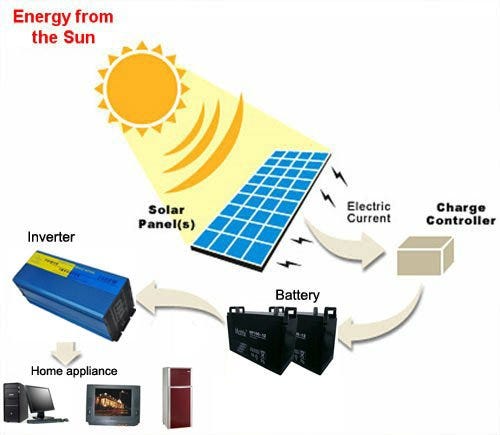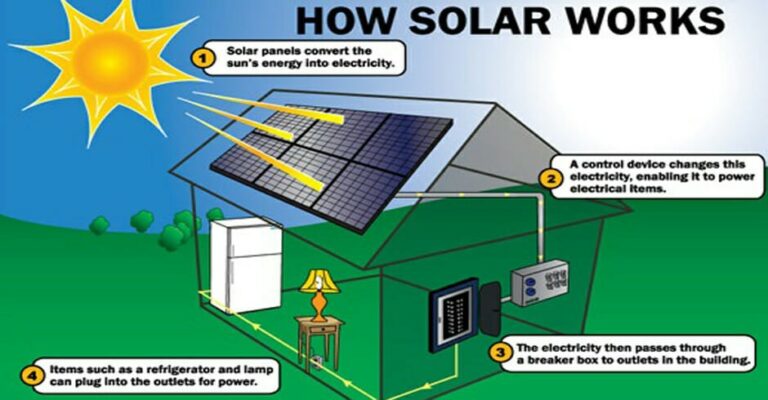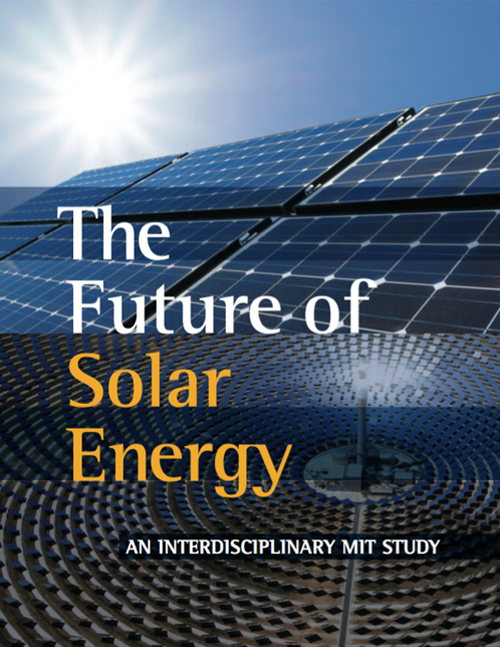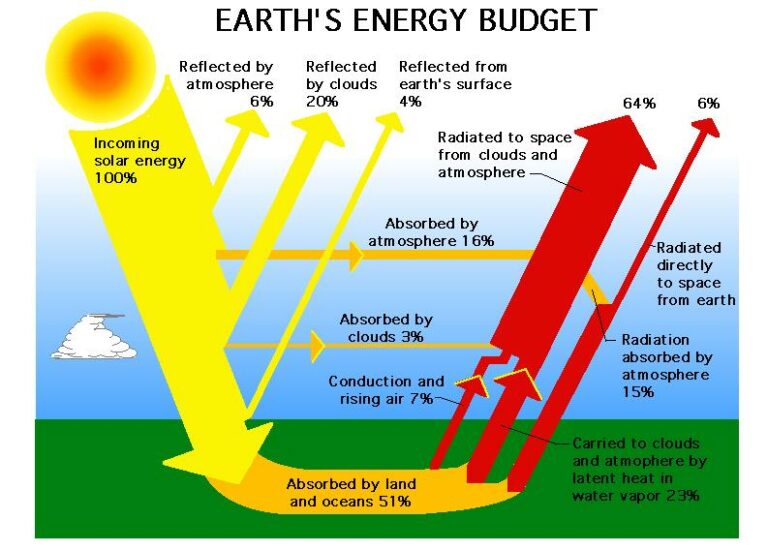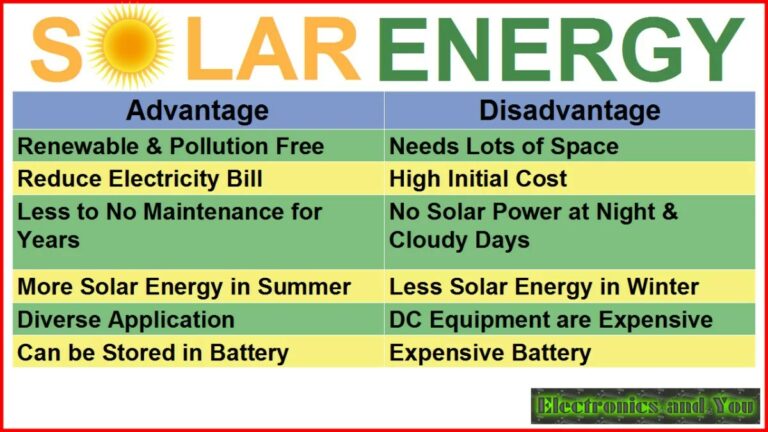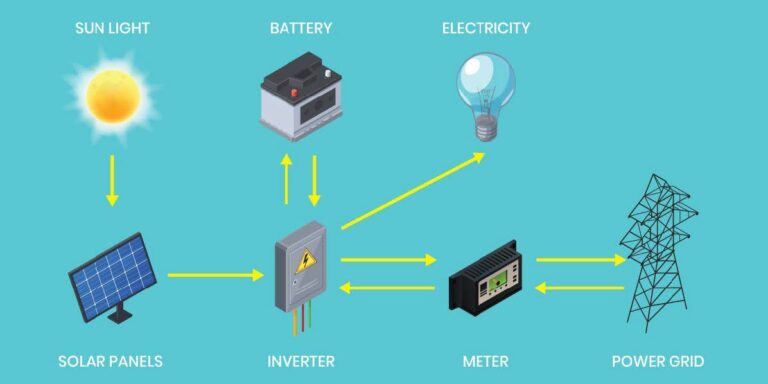What Are 10 Disadvantages Of Solar Energy?
Picture this: a bright sunny day, the gentle warmth of the sun on your skin, and the exciting prospect of harnessing the power of solar energy. Solar energy has become increasingly popular as a clean and sustainable alternative to traditional sources of electricity. But before we dive into the benefits, let’s take a moment to explore the other side of the coin. In this article, we’ll uncover what are 10 disadvantages of solar energy. So, get ready to explore a different perspective on this fascinating topic!
Now, I know what you might be thinking, “Why focus on the disadvantages of solar energy when there are so many advantages?” Well, here’s the thing: understanding the downsides is just as important as knowing the benefits. It gives us a well-rounded view and helps us make informed decisions. So, let’s put on our critical thinking hats and dive into the world of solar energy’s disadvantages.
But don’t worry, this isn’t a doom and gloom session. It’s an opportunity to explore the challenges that solar energy faces and find ways to address them. So, without further ado, let’s dive into the world of solar energy’s disadvantages. Are you ready? Let’s get started!
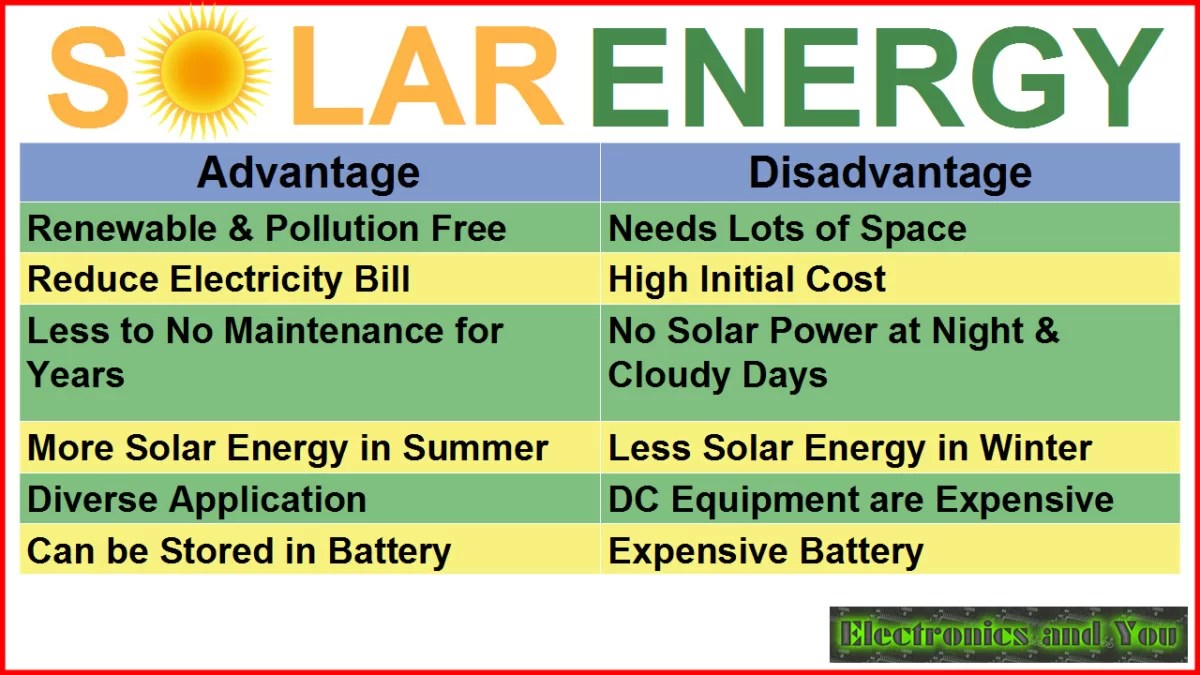
10 Disadvantages of Solar Energy: All You Need to Know
Solar energy has gained significant popularity in recent years as a clean and renewable source of power. However, it is crucial to consider both the advantages and disadvantages before making any decisions regarding its implementation. In this article, we will explore the ten major disadvantages of solar energy, providing you with a comprehensive understanding of its limitations and potential challenges.
1. Initial Cost and Installation
One of the primary drawbacks of solar energy is its high initial cost. While the prices of solar panels have decreased over the years, the overall installation expenses can still be substantial. This can pose a significant financial barrier for individuals or businesses looking to switch to solar energy, especially for those on a tight budget. Additionally, the installation process can be complex and time-consuming, requiring professional expertise and specialized equipment.
Moreover, if you’re living in a rented property, investing in solar panels may not be viable as you may not have the authority to make alterations to the building structure. This limitation makes solar energy less accessible for some individuals and limits its potential reach.
On top of the installation costs, regular maintenance and occasional repairs can also add to the overall expenses of solar energy. While solar panels are designed to be durable, extreme weather conditions or accidents can cause damage, requiring professional assistance to fix the issues.
2. Weather Dependent
While solar energy is harnessed from sunlight, it is highly dependent on weather conditions. The efficiency of solar panels can be significantly affected by cloudy or rainy days, as they receive less sunlight. This means that solar energy production can be inconsistent, and there may be periods where solar panels generate less power.
In regions with frequent cloudy days or long winters, solar energy may not be as reliable or efficient as other forms of energy. It is important to consider the climate of your geographical location when considering the implementation of solar energy.
Additionally, solar panels are also negatively impacted by extreme temperatures. High temperatures can decrease the efficiency of the panels and reduce their overall lifespan. This means that areas with extremely hot climates may experience a decrease in the energy output of their solar panels over time.
3. Limited Energy Storage
Another drawback of solar energy is its limited energy storage capacity. Unlike traditional energy sources, such as fossil fuels or nuclear power, solar energy cannot be easily stored for later use. This presents a challenge when it comes to meeting energy demands during nighttime or periods of low sunlight.
Although battery storage systems have been developed to address this issue, they can be expensive and might not provide sufficient storage capacity for the energy needs of larger households or commercial establishments. The limitations in energy storage can make solar energy less reliable and suitable for continuous power supply in certain situations.
It is also worth noting that the production of solar panels and battery storage systems can have environmental impacts and carbon footprints. These factors need to be considered when evaluating the overall sustainability and environmental benefits of solar energy.
4. Geographical Limitations
The effectiveness of solar energy can vary depending on the geographical location. Areas closer to the equator, with more direct sunlight throughout the year, tend to have higher solar energy production potential. Conversely, regions farther from the equator or those with a high number of overcast days may not be as suitable for solar energy generation.
Furthermore, factors such as shading from surrounding buildings or objects can also affect the performance of solar panels. If your property is surrounded by tall structures or has limited access to direct sunlight, the efficiency and output of your solar panels may be significantly reduced.
These geographical limitations can make it challenging for some individuals or businesses to fully utilize solar energy as a primary source of power. It is essential to evaluate the solar potential of your location before investing in solar panels.
5. Aesthetic Impact
While solar panels are an eco-friendly energy solution, their installation can impact the aesthetics of a property. Some individuals may find the appearance of solar panels unappealing or feel that they disrupt the visual harmony of their buildings or surrounding landscapes.
For historical or architecturally significant structures, the addition of solar panels may not be permitted due to the preservation of their original design. This limitation can restrict the implementation of solar energy in certain areas and limit its overall adoption.
It is important to strike a balance between the sustainable benefits of solar energy and the visual impact it may have on a property. Advancements in solar panel design are being made to address these concerns, focusing on creating more aesthetically appealing options for solar integration.
6. Land and Space Requirements
Another disadvantage of solar energy is the significant land and space requirements for large-scale implementation. Solar power plants or farms require vast areas of land to install a sufficient number of solar panels to generate substantial energy output.
This can be a challenge in densely populated areas, where finding suitable land for solar projects can be difficult. The competing land uses and zoning regulations may restrict the availability and accessibility of land for solar energy expansion.
For residential or commercial properties, large roof spaces are needed to accommodate a substantial number of solar panels. If you have limited roof space or live in an apartment building, installing enough solar panels to meet your energy needs may not be feasible.
7. Manufacturing and Environmental Impacts
While solar energy is considered a clean and renewable energy source, the manufacturing process of solar panels can have environmental impacts. The production of solar panels involves the use of various materials, including silicon, aluminum, and glass, which require mining and extraction.
Depending on the extraction methods and the disposal of waste materials from the manufacturing process, there can be negative environmental consequences, such as air and water pollution, habitat disruption, and carbon emissions.
It is essential to consider the overall life cycle of solar panels and their environmental impact from production to disposal. By prioritizing sustainable manufacturing practices and recycling initiatives, the environmental footprint of solar energy can be minimized.
The Future of Solar Energy: Overcoming Challenges and Moving Forward
While solar energy does have its disadvantages, ongoing research and innovation are addressing these challenges and paving the way for a more sustainable energy future. As technology improves and costs decrease, solar energy is becoming a more viable and practical option for individuals and businesses alike.
By investing in research and development, the efficiency and reliability of solar panels can be enhanced, making them more suitable for varying weather conditions and geographical locations. The development of advanced battery storage systems and smart grid technologies will also help address the limitations of energy storage and distribution.
Moreover, government incentives and policies promoting renewable energy adoption can play a significant role in overcoming the disadvantages of solar energy. These measures can help mitigate the initial cost barrier, facilitate installation processes, and encourage increased investment in solar energy infrastructure.
Environmental Impact and Efficiency: Key Considerations for Solar Energy
When evaluating the disadvantages of solar energy, it is important to weigh them against the significant environmental benefits and the potential for long-term energy savings. Solar energy is a clean and renewable energy source that reduces greenhouse gas emissions and dependence on fossil fuels.
While the initial investment in solar panels and installation can be high, the long-term savings on energy bills can offset these costs. Additionally, government incentives, such as tax credits and rebates, can further incentivize the adoption of solar energy.
When considering solar energy as an option, it is crucial to analyze its compatibility with your specific needs, geographical location, and budget. Consulting with solar energy professionals and exploring financing options can provide valuable insights and guidance in making an informed decision.
The Road Ahead: Solar Energy for a Sustainable Future
Despite the challenges and drawbacks, it is clear that solar energy holds significant potential for a sustainable future. As technology continues to advance, the disadvantages of solar energy are being mitigated, making it an increasingly viable and attractive energy solution.
By understanding the limitations of solar energy and exploring ways to overcome them, we can continue moving towards a cleaner and more sustainable global energy landscape. It is an exciting time for solar energy, and with ongoing research and development, we can maximize its benefits and create a brighter future for generations to come.
Key Takeaways: Disadvantages of Solar Energy
- Solar panels require a large upfront investment.
- Solar energy production can be affected by cloudy weather.
- Solar panels occupy significant space, especially for large-scale installations.
- There is a limited availability of sunlight during nighttime and winter months.
- Solar panels can be less efficient in areas with high levels of air pollution.
Frequently Asked Questions
Welcome to our FAQ section on the disadvantages of solar energy! Below, you’ll find answers to some common questions people have about the downsides of solar power.
1. Are solar panels expensive to install?
While solar panels have become more affordable over the years, the initial installation cost can still be significant. The price depends on factors such as the size of the system and the complexity of the installation. However, it’s important to consider the long-term savings on electricity bills and potential financial incentives that can offset the upfront costs.
Additionally, it’s worth noting that the cost of solar panels has been decreasing and is expected to continue to fall as technology advances and economies of scale are achieved in the manufacturing process.
2. Do solar panels work effectively in cloudy or rainy climates?
Solar panels are most efficient when exposed to direct sunlight. In cloudy or rainy climates, the amount of sunlight received is reduced, which can affect the performance of the panels. However, modern solar panels are designed to generate electricity even in low-light conditions, so they can still provide a significant amount of power.
One way to mitigate the impact of cloudy or rainy weather is to install a larger system to compensate for reduced sunlight. Additionally, advancements in solar technology, such as thin-film solar cells, are making it possible for panels to generate electricity even in diffused light situations.
3. Are solar panels durable?
Solar panels are designed to withstand various weather conditions, including hail, snow, and strong winds. They are made of durable materials such as tempered glass and have a long lifespan, often lasting 25 years or more. However, extreme weather events or physical damage can potentially affect their performance.
Regular maintenance, such as cleaning the panels and ensuring proper mounting, can help prolong their lifespan and optimize their efficiency. It’s also important to choose high-quality panels from reputable manufacturers to ensure durability and reliability.
4. What happens when there is a power outage?
In a standard grid-tied solar system, when there is a power outage, the solar panels are automatically shut off to protect utility workers. This is to prevent electricity flowing back into the grid, which could be dangerous for those working on the power lines.
However, some advanced solar systems offer backup power capabilities, such as battery storage, that can provide electricity during a power outage. These systems allow the stored solar energy to be used to power essential appliances or even the entire home, providing a reliable source of electricity when the grid is down.
5. Are solar panels suitable for every home?
Solar panels can be installed on various types of homes, but certain factors need to be considered. Firstly, the roof should have enough space and receive adequate sunlight throughout the day. Obstructions such as shading from nearby trees or buildings can reduce the efficiency of the panels.
Secondly, the roof should be structurally sound enough to support the weight of the solar panels. Depending on the system size, additional reinforcements may be required. Lastly, geographic location should be taken into account, as homes in areas with limited sunlight may not benefit as much from solar energy generation.
Summary
Solar energy has many advantages, but there are also some disadvantages to consider. One disadvantage is the high cost of installing solar panels. Another is the intermittent nature of solar power, which means it can’t be generated at night or on cloudy days. Additionally, solar panels require a lot of space and can only generate electricity during the day. There are also environmental concerns, such as the production of solar panels and the disposal of toxic materials. Solar energy is not as efficient as other forms of energy, and it requires a large initial investment. Another drawback is the reliance on sunlight, which can vary depending on location and climate. Finally, the energy storage and transportation of solar power can be challenging. Despite these disadvantages, solar energy remains a promising renewable energy source for the future.

